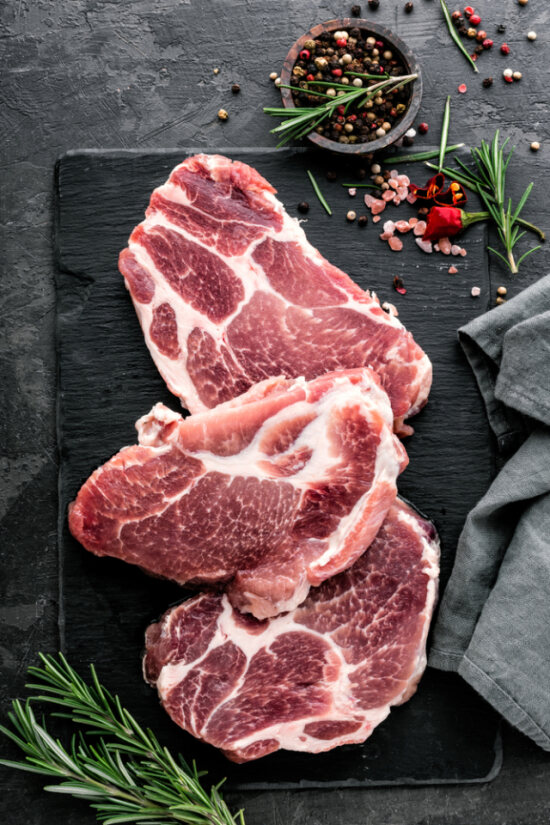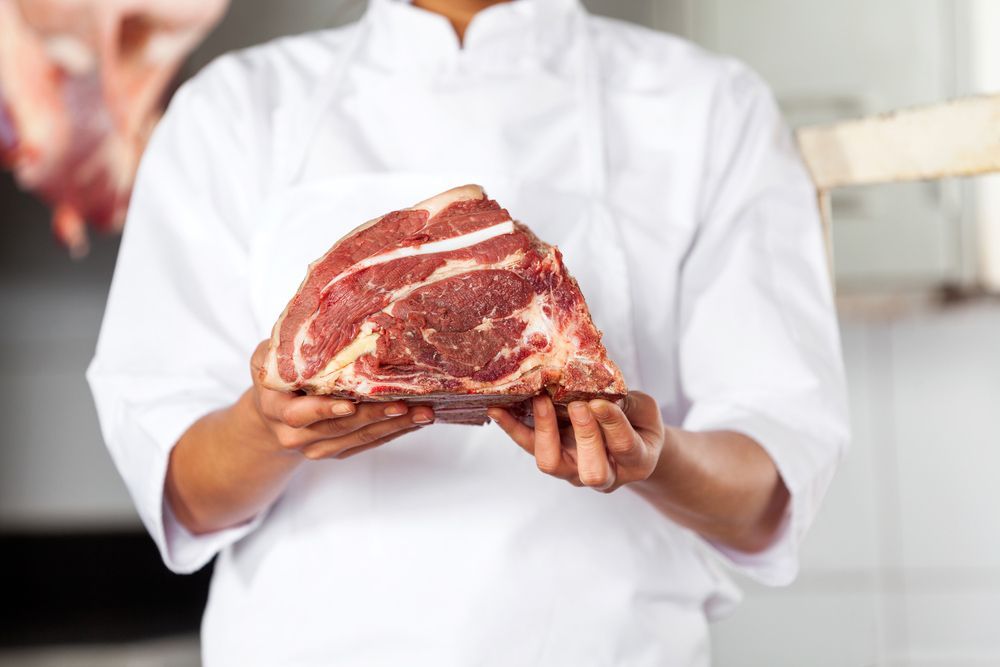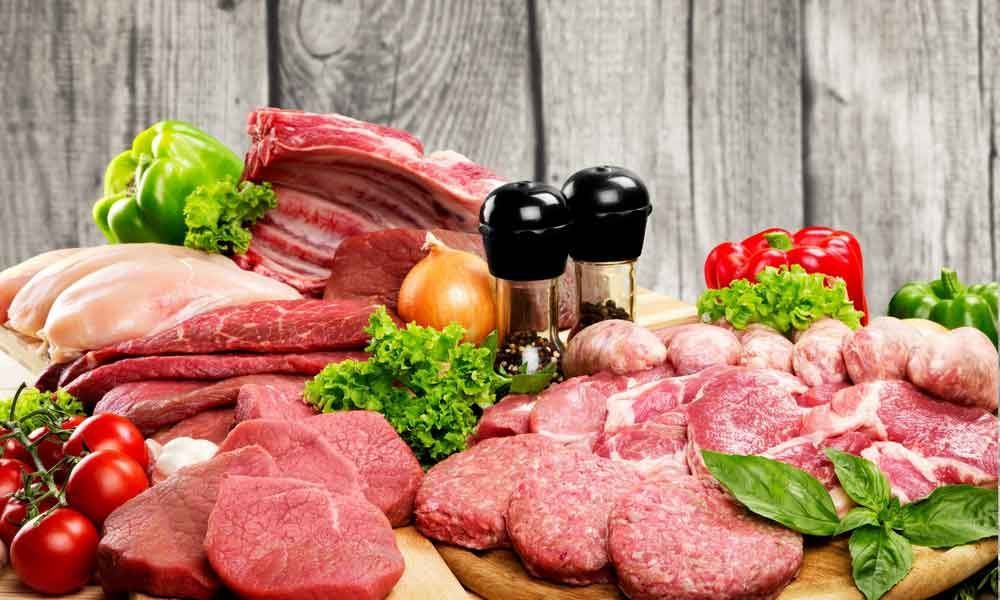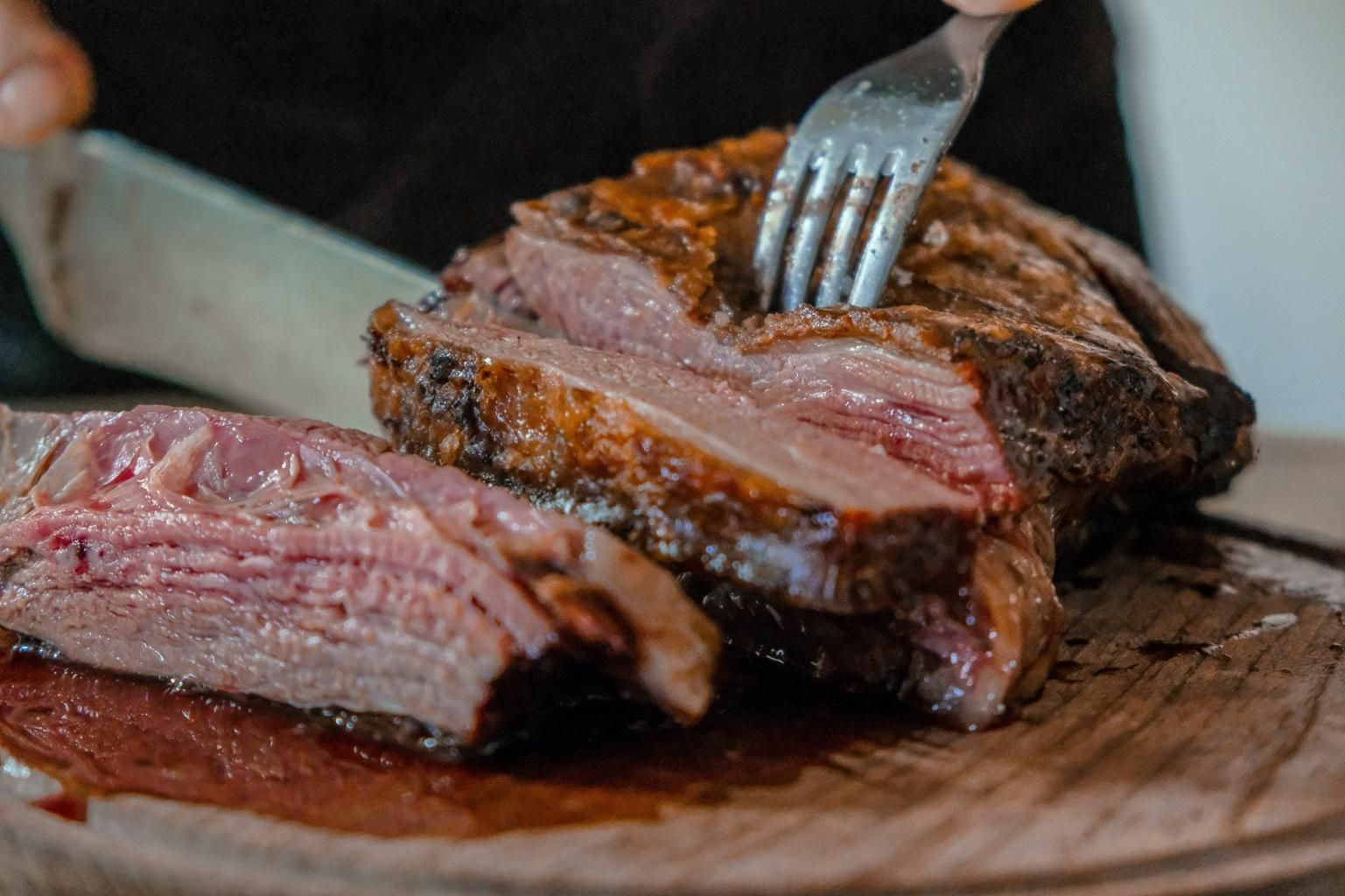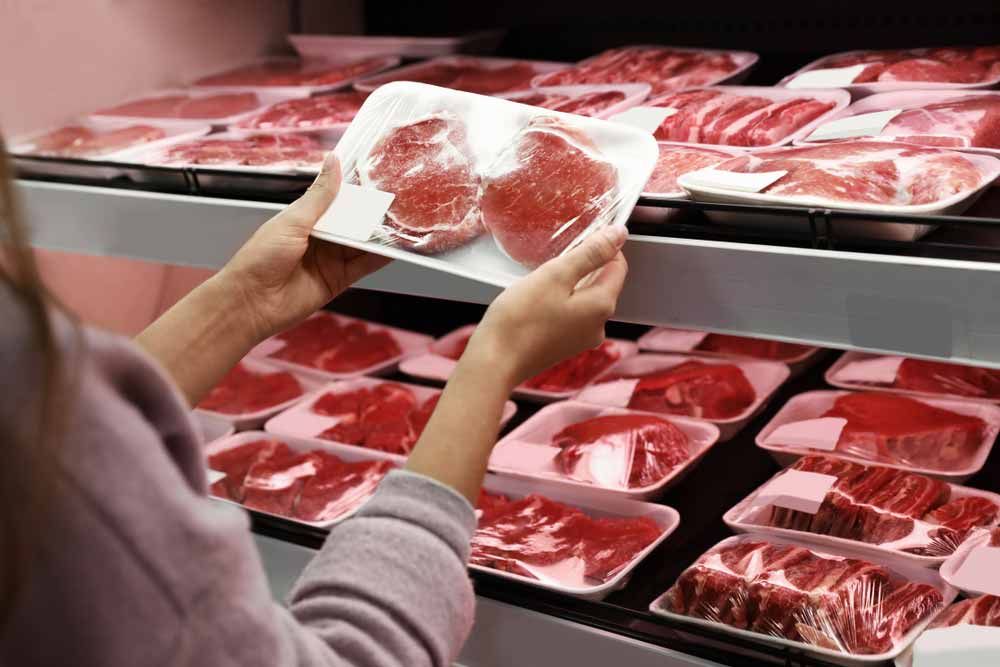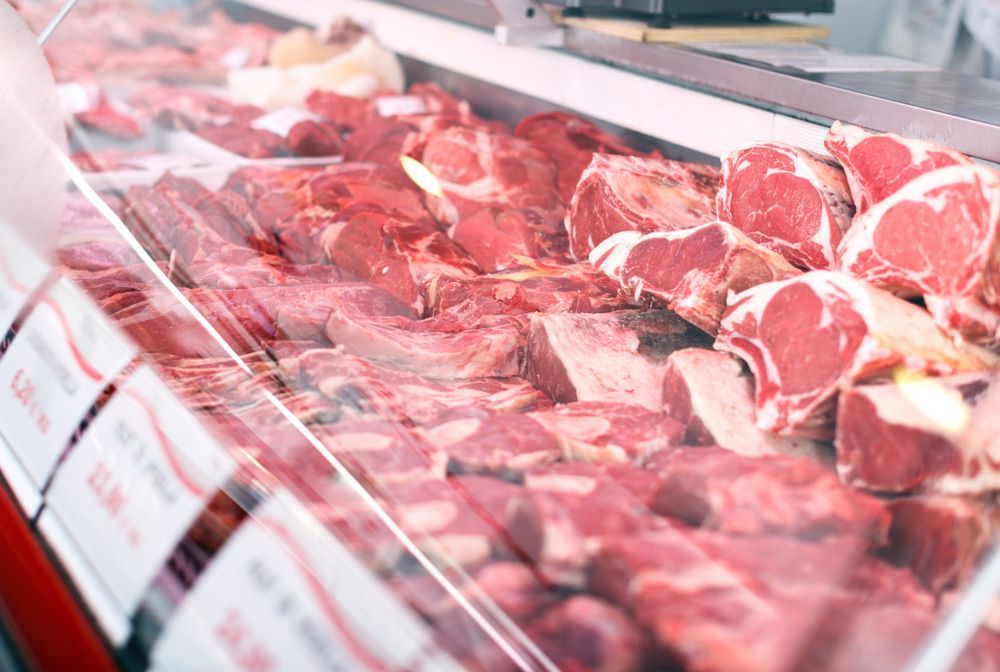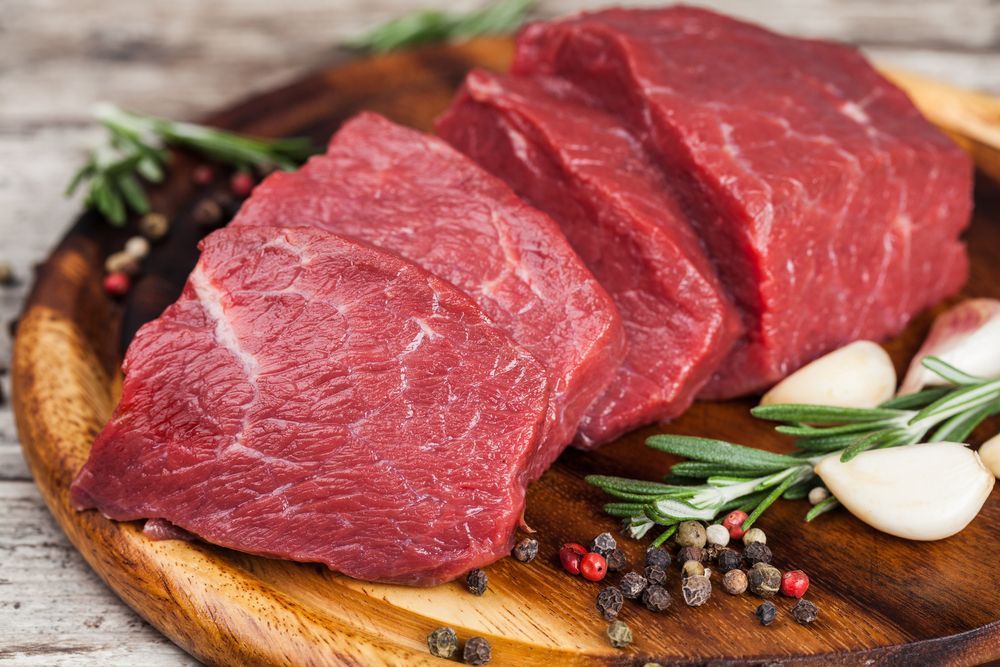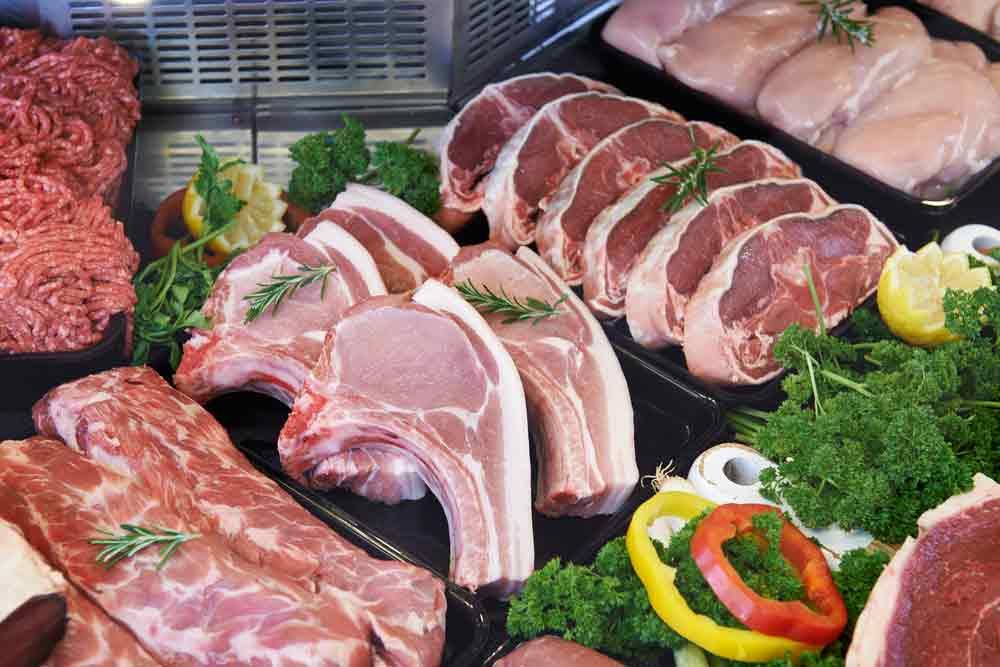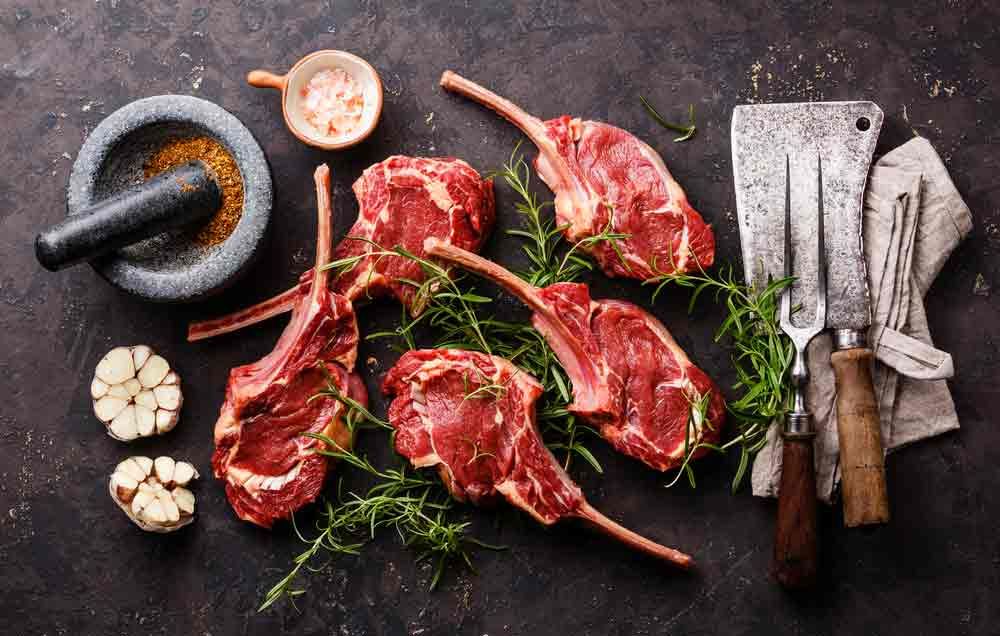The Art Of Ageing Meat: Why It Matters In Butchery
Have you ever wondered why the steak at your favourite upscale restaurant tastes remarkably better than what you grill at home? The secret could lie in how the meat was aged before it went to the kitchen. Ageing meat is an art form that transforms the quality and flavour of meat, making it a significant practice in butchery. Here are compelling reasons why the art of ageing meat holds significant importance in butchery.
𝐄𝐧𝐡𝐚𝐧𝐜𝐞𝐬 𝐅𝐥𝐚𝐯𝐨𝐮𝐫 𝐀𝐧𝐝 𝐀𝐫𝐨𝐦𝐚
Ageing meat allows natural enzymes present in the meat to break down the muscle tissue, resulting in a more concentrated flavour. This process, whether over days or weeks, enhances the meat’s inherent tastes, making it richer and more robust. In dry ageing, as the moisture evaporates, the meat’s natural flavours become even more pronounced, creating a complexity that can’t be replicated in non-aged meats. This heightened flavour profile is one of the primary reasons why aged steaks are often featured in high-end restaurants.
Improves Tenderness
The breakdown of muscle fibres and connective tissues during the ageing process enhances flavour and significantly improves the tenderness of the meat. This makes aged meats more enjoyable and easier to eat. The natural enzymes act like slow-cooking tenderisers, which means that even tougher cuts can be transformed into succulent, highly sought-after dishes. This tenderising effect is less pronounced in wet-aged meats, which still benefit from a softer texture without the extensive breakdown of dry ageing.
Creates A Unique Dining Experience
Aged meat is highly valued in culinary circles for its versatility and depth of flavour, which can elevate simple dishes to gourmet status. Chefs prefer aged meats because they offer a greater canvas to impart complex flavours through cooking. Whether grilling, roasting, or searing, aged meats interact with heat and seasoning to enhance the overall dish, providing a richer experience that goes beyond the ordinary.
𝐓𝐡𝐞 𝐂𝐡𝐨𝐢𝐜𝐞 𝐨𝐟 𝐃𝐫𝐲 𝐀𝐠𝐞𝐢𝐧𝐠 𝐕𝐬 𝐖𝐞𝐭 𝐀𝐠𝐞𝐢𝐧𝐠
Dry ageing involves hanging meat in a controlled environment, allowing moisture to evaporate, intensifying the flavour and creating a crust trimmed off, revealing a richly flavoured steak. Conversely, wet ageing uses vacuum sealing to marinate the meat in its juices, tenderising it while maintaining a subtler flavour. The choice between these methods depends on the desired texture and taste of the final product.
𝐂𝐫𝐚𝐟𝐭 𝐓𝐡𝐞 𝐏𝐞𝐫𝐟𝐞𝐜𝐭 𝐌𝐞𝐚𝐥 𝐖𝐢𝐭𝐡 𝐎𝐮𝐫 𝐅𝐢𝐧𝐞𝐥𝐲 𝐀𝐠𝐞𝐝 𝐌𝐞𝐚𝐭 𝐒𝐞𝐥𝐞𝐜𝐭𝐢𝐨𝐧𝐬
When selecting a source for aged meats, it’s essential to choose providers who understand and respect the ageing process. At Wilga Meats, we pride ourselves on our expertise in both dry and wet ageing techniques, ensuring that every cut we offer has been aged to perfection. Our commitment to quality makes us stand out among Dubbo butchers, offering you a range of products that promise to enhance any culinary endeavour. Why settle for the ordinary when you can experience the extraordinary with every bite? Contact us today.

